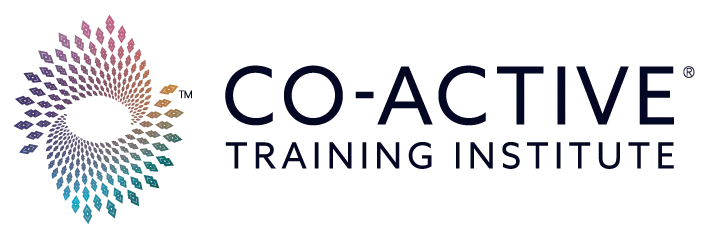Any company’s greatest asset is its employees, which is why every business should invest in their development. Organizations that prioritize leadership training tend to outperform their competition.
The power of ROI and coaching is not a luxury for businesses looking to remain competitive; it is a necessity. As organizational leaders realize the impact a well-developed workforce has on performance, retention, and innovation, they embrace coaching as a critical strategy for long-term success.
Explore Coach Training With Co-Active Now
For those considering a career in coaching, it is essential to understand the immense value that coaching brings to business. This article explores how coaching unlocks employee potential, drives business outcomes, and demonstrates a measurable return on investment (ROI) for organizations.
Businesses Flourish When Employees Develop
Companies that invest in coaching see immediate and long-term benefits. Research shows that the ROI of coaching includes improved overall performance, higher operating margins, increased staff retention, and better employee engagement. Coaching provides employees with tools and frameworks to enhance their decision-making, communication, and resilience. As a result, businesses gain a more adaptable and innovative workforce primed to meet evolving industry challenges and drive organizational growth.
Leadership coaching, in particular, is a powerful way to nurture talent. Leaders who receive personalized coaching are more likely to increase emotional intelligence, lead with empathy, and inspire others. These leaders manage more effectively and contribute to higher team morale, reducing turnover and increasing productivity.
According to a recent study conducted by the International Coaching Federation (ICF), 87% of companies agreed there was a high return on the investment in coaching, and the average report of recouped costs of employing a coach was seven times the original investment. Further, 45% of people surveyed reported increased trust and safety in their teams illustrating the profound effect coaching has on organizational performance and confirming it is a proven business strategy.
How to Measure Coaching ROI
While many people understand the benefits of coaching, they still need to be proven in context. It is helpful to contract coaching services effectively, measure progress with the right metrics, and report clearly on outcomes. Below are key strategies to help measure and communicate the ROI of coaching.
Contract Skillfully
The first step in maximizing the benefits of coaching is establishing clear expectations of the coaching relationship at its outset. When a coach begins working with a company, they set specific, measurable goals with all stakeholders. These include identifying key performance indicators (KPIs), establishing timelines, and defining success from both the company and employee perspectives.
Effective contracting allows the coach and the organization to align on desired outcomes and ensures that all parties are accountable for achieving these goals.
Measure It
Measuring the impact of coaching can be challenging, but it is critical for proving its value. Many proven coaching tools exist, and a skilled coach can adapt or create tools tailored to a team. For instance, the “Wheel of Life” is often used for life and transformational coaching but can be adapted for executives or organizations to demonstrate professional growth over time. Compiling executive value summaries from stakeholder interviews that reveal before and after results is also an effective measure. Coaches can also be creative and develop measures like a “Satisfaction Index” for individual clients to reflect transformational changes in their day-to-day lives.
For leadership development, 360-degree feedback tools, performance reviews, and direct feedback from coached individuals can help measure growth in decision-making, conflict resolution, and team leadership.
ROI measurement should also consider business outcomes like reduced operational costs, increased sales, and improved customer satisfaction scores, often tied back to improved leadership and team dynamics.
Report Effectively
Present data clearly to stakeholders after collection. Effective reporting includes both qualitative and quantitative data. For example, while improved sales metrics might demonstrate direct financial benefits, anecdotal evidence, case studies, and employee testimonials can provide powerful stories that show the broader impact of coaching on culture and engagement.
Leaders developed through coaching who achieve significant behavioral change have a dramatic transformational impact across organizations. Report on these individual growth points and the broader impact, and you’ll have made a compelling case for your ROI and coaching argument.
Get Started With CTI Coach Training
CTI offers a range of courses and bundles to help you get started. Whether you want to focus on leadership development, team coaching, or personal transformation, our programs equip you with the tools to drive meaningful change and ROI in the businesses you will serve.
Explore the CTI coaching programs today and see how you can make a measurable impact on the business world.

